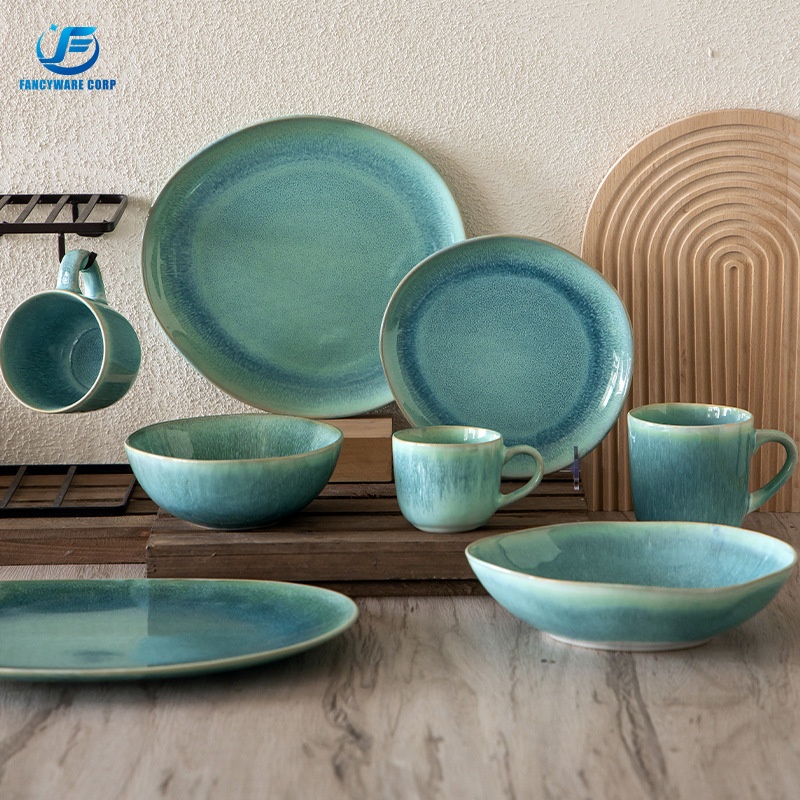
Ceramic kiln transformation is a fascinating process that turns raw clay into durable, beautiful ceramic art. Whether you're a seasoned ceramic artist or a curious beginner, understanding this transformation can elevate your craft. In this comprehensive guide, we'll explore what ceramic kiln transformation is, how it works, and the techniques involved to help you create stunning ceramic pieces.
Ceramic kiln transformation refers to the process of heating clay and glazes in a kiln to high temperatures, causing physical and chemical changes that result in hardened, finished ceramic products. This process is essential in ceramics, as it transforms soft, malleable clay into strong, durable objects.
Preparation: Before firing, the clay must be shaped and dried. This stage is crucial to prevent cracking during the firing process.
Bisque Firing: The first firing, known as bisque firing, hardens the clay and makes it porous, ready for glazing.
Glazing: After bisque firing, the ceramic piece is coated with glaze, which adds color, texture, and a protective layer.
Glaze Firing: The final firing melts the glaze, creating a smooth, glass-like surface. This stage requires precise temperature control to achieve the desired results.
Temperature Control: Different types of clay and glazes require specific temperatures. Understanding and controlling the kiln's temperature is crucial for successful ceramic transformation.
Atmosphere: The kiln's atmosphere (oxidation or reduction) affects the final appearance of the ceramic piece. Oxidation firing adds oxygen, while reduction firing removes it, creating unique effects.
Cooling: Proper cooling is essential to prevent cracking. Slow cooling allows the ceramic to adjust to room temperature gradually.
Durability: Fired ceramics are strong and long-lasting, making them ideal for functional and decorative pieces.
Aesthetic Appeal: The transformation process enhances the beauty of ceramics, adding color, texture, and shine.
Versatility: Ceramic kiln transformation allows for endless creative possibilities, from pottery to sculpture.
Choose the Right Clay: Different clays have different firing temperatures and properties. Select the appropriate clay for your project.
Test Glazes: Always test glazes on sample pieces before applying them to your final work.
Monitor the Kiln: Keep an eye on the kiln's temperature and atmosphere throughout the firing process.
Practice Patience: Allow adequate time for drying, firing, and cooling to avoid defects.
Ceramic kiln transformation is a vital process in the world of ceramics, turning raw materials into beautiful, functional art. By understanding the techniques and principles involved, you can master this process and create stunning ceramic pieces. Whether you're a professional artist or a hobbyist, the journey of ceramic kiln transformation is both rewarding and inspiring.